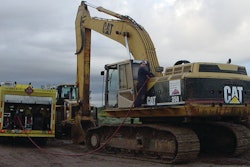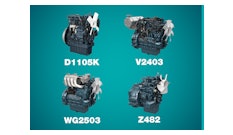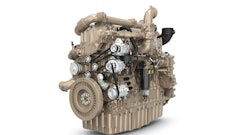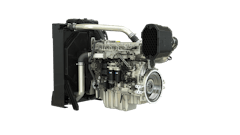
For construction fleets, vehicles have historically run on diesel. As the world has shifted towards more sustainable and renewable energies, options like hydrogen and electricity have been offered as solutions. The problem is that these solutions tend to entail an uprooting of the fleets you have in order to get the vehicles or engines that can run on these kinds of sources. An alternative to switching your entire fleet out is renewable diesel, previously known as green diesel.
Here are five things that are important to know about renewable diesel:
1. Fuel Made Using Oils and Fats
This fuel is usually produced by using cooking oil along with the leftovers from processing meat - animal fats. Typically, the cooking oil is either vegetable oil or used oil from restaurants or supermarkets. Being able to source the main ingredient in renewable diesel from local shops makes this fuel sustainable and more easily attainable.
2. Not the Same Thing as Biodiesel
Although the two types of diesel are similar, they are made in different ways. The fuel is put through a hydro treatment to remove any oxygen. Biodiesel, on the other hand, is an oxygenated fuel. Oxygenated fuels and non-oxygenated fuels have different capabilities having to do with wear, performance, and fuel efficiency.
3. Can be Produced in a Few Different Ways
The most common way that renewable diesel is produced, especially at commercial plants and petroleum refineries, is with hydrotreatment. Hydrotreatment entails reacting the fats with high-pressure and temperature hydrogen with a catalyst. The other ways to produce renewable diesel include gasification, catalytic conversion with sugars, hydrothermal processing, biological sugar upgrading, and pyrolysis. The various ways this fuel can be produced allow for the potential that more plants can make it in one method or another.
4. Renewable Diesel is Compatible With Your Diesel Engines
Since renewable diesel satisfies the ASTM D975 standard requirements, it can be used with normal diesel engines and infrastructure. This makes it very easy to switch to renewable diesel for a more environmentally friendly fuel option.
5. Renewable Diesel is One of the Top Kinds of Biodiesel Consumed
The U.S. Energy Information Administration (EIA) stated, “Renewable diesel is chemically the same as petroleum diesel.” This fact allows renewable diesel to be a “drop-in fuel”, meaning that the fuel can be used in place of regular diesel. This makes renewable diesel an easy alternative and therefore, a popular one. In 2023, renewable fuel production was at an all-time high with a production capacity of $3 billion a year in the United States.
There are lots of sustainable ways to power vehicles that reduce air pollution, but many require replacing your engine or vehicle and some require new infrastructure to be installed. Renewable diesel can be a more attainable solution when it comes to sustainable and environmentally-conscious fuels. It can be easily swapped out for your regular diesel while keeping your original engine and vehicle. As renewable fuel and advanced engine options continue to grow and change, it’s important to keep an eye out for what is for you and your fleet.


















